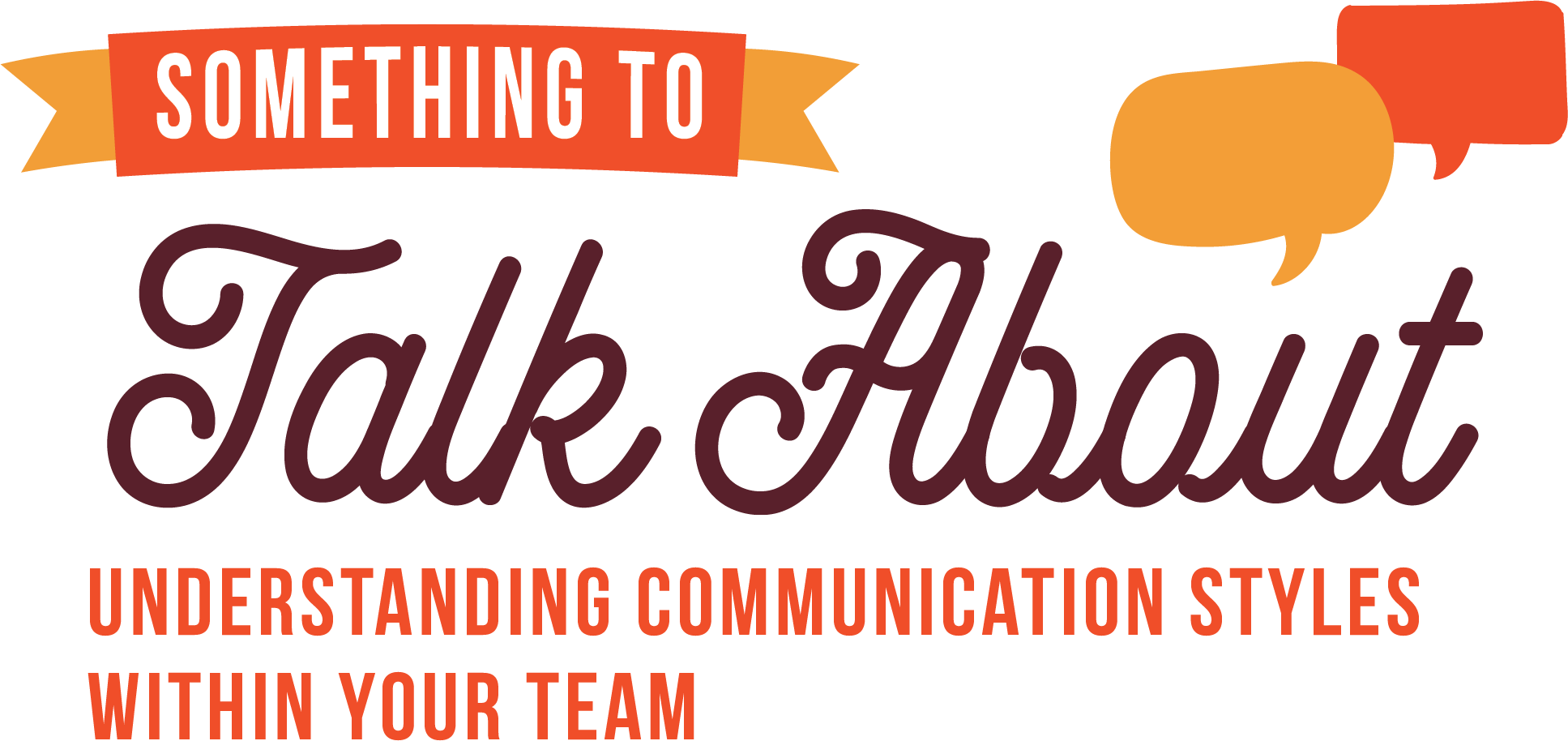


sk any veterinary professional why they chose a career in this field and it is very likely you will receive some version of this response: “I like animals more than people.”
While loving animals is certainly at the heart of our profession, the fact is, we spend all day, every day communicating with people around us. Whether with co-workers or clients, good communication is essential to sustainable success in the workplace.
Veterinary businesses often find themselves putting animals first, placing interpersonal interactions and communication training on the back burner. This can contribute to high turnover, low morale, and tension or conflict between employees. As a result, patient and client care suffer, compromising the primary goal of veterinary medicine.
We cannot assume good communication is intuitive or easy. A workplace often contains a variety of individuals who may not choose to interact in a social setting. It also presents unique challenges and stressors that require skillful navigation and cooperation. Investing in communication training is not only worthwhile, it is fundamental to a healthy work environment.
While a number of assessments and staff training programs can give in-depth insight into the complexity of communication, a solid foundation to grow from is awareness of the four communication styles commonly used in interpersonal interactions: passive, aggressive, passive-aggressive and assertive.
To encourage feedback from a passive communicator, be patient and flexible. One-on-one interactions are more likely to be fruitful than group meetings. And, be sure to allow plenty of time for them to respond to any questions, even suggesting you revisit a topic at a later time. Passive communicators may also prefer written forms of communication such as email, as they may perceive it as less confrontational.
It is important to remember that a passive communicator is not necessarily a quiet person; they may be happy to talk with friends and may be social at work. The distinguishing trait is a desire to “not rock the boat.” You may need to pay special attention to potentially contentious situations to determine who on your team aligns with this communication style.
In a collaborative setting, an aggressive communicator is usually trying to get their contribution prioritized over those of their teammates. This focus on “winning” is not as productive as a more solution-oriented approach. You can help aggressive communicators take a step back by acknowledging you have heard their idea, then clearly stating your intention to hear the ideas of others. Keeping meetings organized and focused will create boundaries for aggressive communicators and space for passive communicators. If an aggressive communicator cuts another participant off, a leader or moderator should intervene and reestablish the direction of the conversation.
Aggressive communicators can be very useful in certain situations. For example, if you need decisive action taken quickly, an aggressive communicator may be a good choice, as they will not be slowed by seeking a group solution. However, be careful not to turn aggressive communicators into villains by using them to implement unpopular ideas, and be wary of placing aggressive communicators in leadership roles, as they may neglect to seek feedback.
It can be easy to label aggressive communicators as “bossy” or “pushy,” but remember—this is a communication style, not a personality trait, and labels do not help anyone reach their full potential as team members.
If you notice passive-aggressive communication in your team, it is key that you ask yourself why that person may be resorting to that communication style. Does that employee feel empowered to enact healthy change? Chances are, the answer is no.
Look for ways to build the communication skills of that employee. You can treat this person similarly to a passive communicator by asking them direct questions in a one-on-one setting and giving them plenty of time to respond. Make sure you are not immediately critical of negative feedback because they may have a lot to get off their chest and need to feel safe doing so in order to discontinue the passive-aggressive behavior. Steer conversations toward action items: How can we address these concerns? This will help focus negativity toward achievable goals.
Passive-aggressive communication may also be an indicator that promised change has not occurred in a workplace. If individuals feel they have communicated their needs clearly yet no action has been taken, they are much more likely to resort to being passive-aggressive. When staff brings concerns to the attention of leadership, make sure measurable goals are set and seek regular feedback to determine if all employees are experiencing the desired improvements.
While passive-aggressive communication should be viewed as a reaction to frustration and therefore something solvable, it is very important to address persistent reliance on this style, as it can be very damaging to group morale.
When participating in a group, assertive communicators are cooperative and solution-oriented. They tend to use “I” statements to clarify their position, refraining from making assumptions or placing blame on others. Assertive communicators also generally avoid soft language (e.g., should, could, just), leaving little room for dismissal or misinterpretation of their statements and ideas. They expect others to pay attention when they are presenting and reciprocate with active listening, giving everyone their time to shine.
Assertive communication is considered the most effective communication style. The individuals displaying this form of communication make good leaders because they communicate clearly and collaborate willingly. Remember, though, that they are not intrinsically better employees than other communicators. However, they have a valuable skillset—one your whole team can learn if you invest in communication education and training.
It is worth the time and effort to integrate regular communication training into your clinic’s continuing education. There are a number of programs available to further your team’s development in this area. Just as you may have a commercial representative give a presentation on a new product, invite communication and human relation professionals to speak to your team. Whether you choose individual sessions or commit to an entire course, you will find the benefits of good communication are truly something to talk about.

